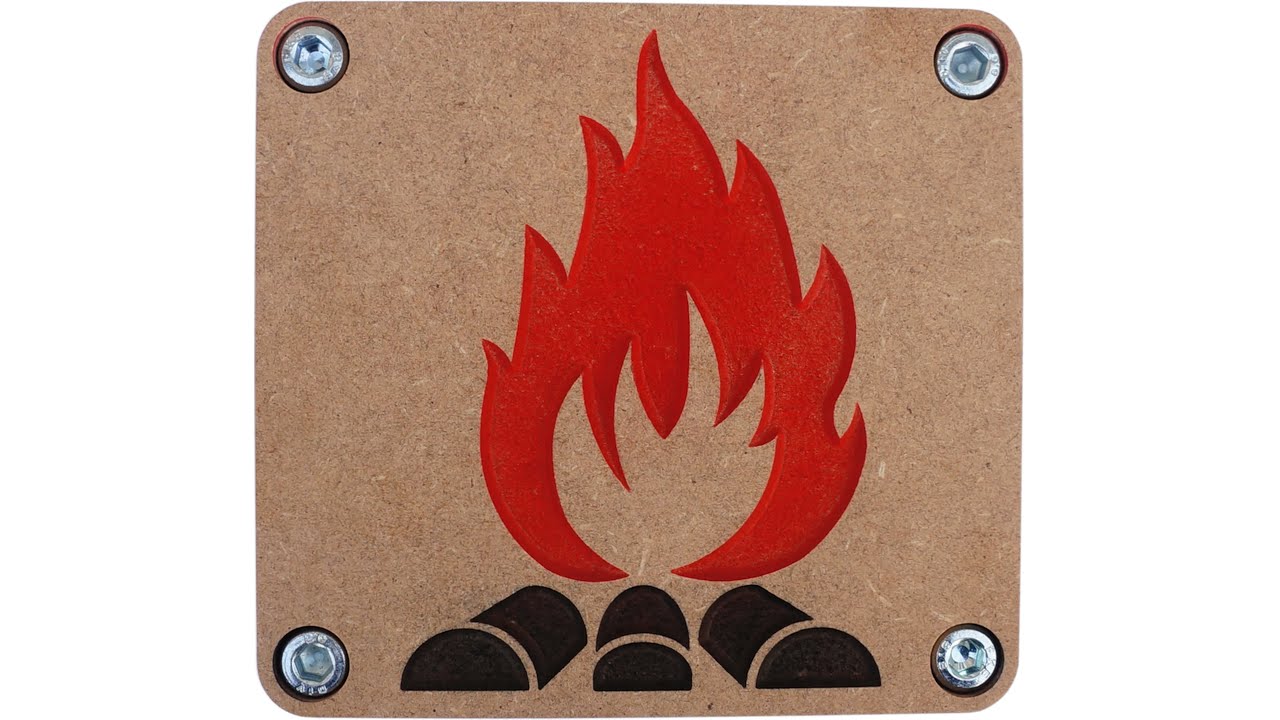I have built the LR yet. I want to do relief carvings on pieces like headboards for bed. Actually, Gothic and Victorian which are both extremely ornate and true works of art. Has anyone used the LR to do this work and if so, what software did you use? I’m thinking VCarve Pro as the best choice but I don’t want to buy it and then discover it won’t work.
The most common tools (and the easiest to learn, most supported) are EstlCAM, not V-Carve. There are some threads where people have a post processor for V-Carve, IIRC. I’ve never used it, and I think it’s on the “fresh” side, so you might have to work on it a bit.
Here is an old video, but the concepts are the same:
The real trouble with carving something that size (on any machine) is that if the V on a V-bit isn’t at the same distance from the top surface everywhere, then you’ll get wider or smaller cuts. That can be ugly, if it’s still successful, or break something if the bit gets too deep and stops the machine. So basically, you’ll need to really get everything dialed in for an operation like that.
Additionally, cutting out parts that are 4’x8’ isn’t too bad. Something like making a custom cabinet, or enormous letters won’t be too tricky. Cutting something out just runs around the outside perimeter. Actually touching that much area will take forever. This isn’t like a 3D printer, you have to stay with the machine the whole time. With each hour longer, you’ll run into another chance of failure, as your bit gets duller, things get hotter, more chips are everywhere. It’s going to be a mammoth job. The 1/8" is pretty common here, and bigger bits won’t help that much. A 1/4" needs to run slower, a 1/2" even slower. Imagine running a 1/8" bit over a headboard at 8mm/s! Even if it can be done in one pass, and even if it does an excellent job of reducing the amount of travel moves between cuts, it will take a really long time.
Is it possible? Yes. But carving more than 50% of the area of something as large as a headboard in one operation is an expert (not beginner, not intermediate, expert) operation. It’s really the hardest thing I can think of.
However, there are ways to cheat. For example, if you can split up the design into different parts, especially if they don’t have very precise alignment between the parts. If you carved a design in each corner, and another in the center, then you can split up the operations into different days, weeks, months, and the area that needs to be flat is only the corner or center, and you’ll have a much higher success rate. That will move the project into the “intermediate” or maybe even “beginner-intermediate” difficulty, depending on your standards ![]() .
.
If you’re great with the CAD tools, and design, and things like that, you could also create a larger piece from many smaller components, and have some jigs to align pieces with the CNC, and then assemble everything together. If that was your only goal, then a smaller machine (a smaller low rider, or MPCNC) would be easier.
Excellent. I plan on making the main cuts/ pieces, then make the ornate trim and appliques separately saving a lot of time. For example, our bed will bed a canopy with our Coat of Arms centered and then rope trim, vines, lions heads and the like. Even some panels. Imagine a Kings chamber bed.
If I could get the trim in the same wood species, that would be easier but, that’s not possible. The long pieces will be like Crown moulding 6" wide with carved decoration in the middle at the foot. I believe this will speed the process with minimal wear. As for the bits, cnc requires checking bits frequently to get a good cut.
I also have to build my kitchen cabinets. Again perfect for the LR. Thanks for telling me about Vcarve. I’ll avoid it and try the other first. Thank you so much for the reply. It really has helped.
